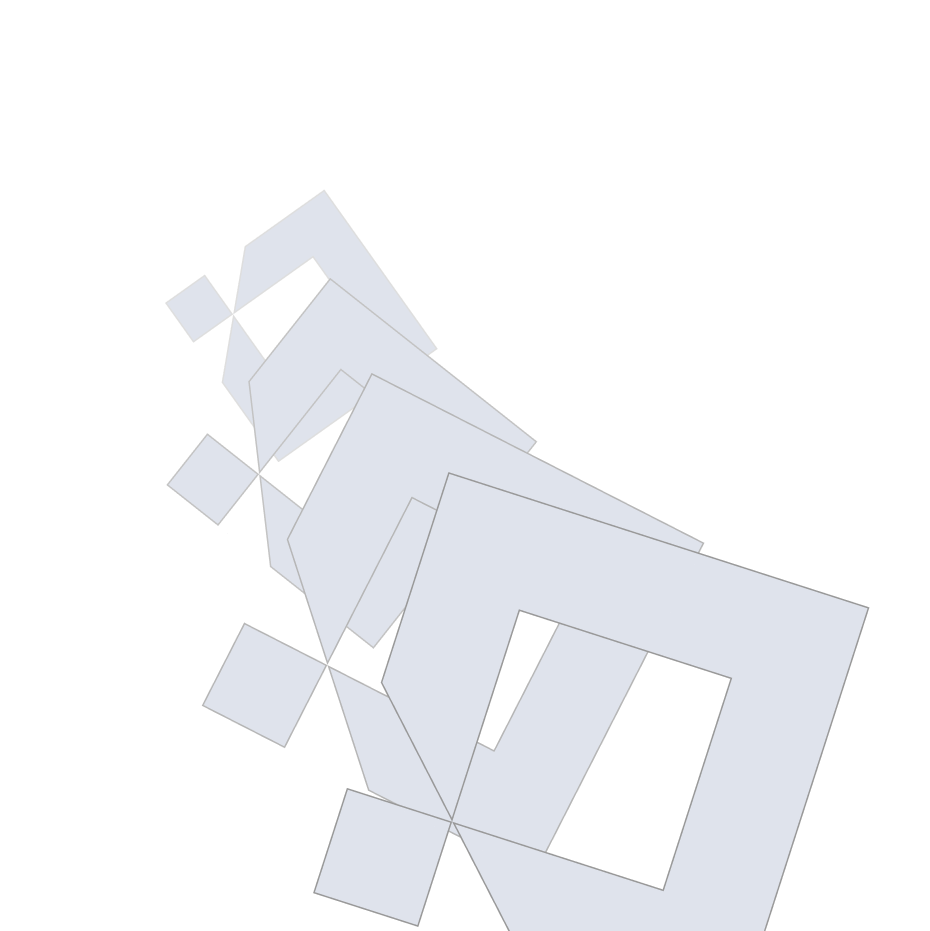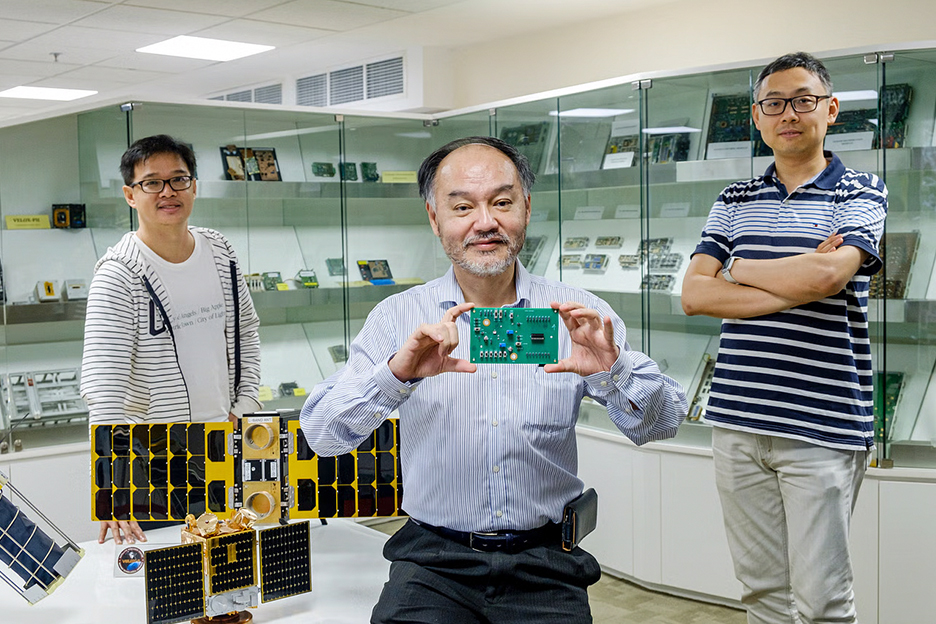

For instance, local start-up Zero-Error Systems was founded by veterans from the semiconductor industry. They observed that more satellite manufacturers use commercial semiconductor devices that are not designed to thrive in space. To close this gap, the start-up developed radiation-hardened electronics to protect the devices and extend satellites’ lifespan.
– THESTRAITSTIMES SINGAPORE
SINGAPORE – Since the early 2000s, Singapore has been quietly and steadily inching its way up to make its mark in outer space.
In February, the Government announced a $150 million investment in research and development of space capabilities to support critical domains such as aviation, maritime and sustainability, and to create disruptive technologies.
The space sector here currently comprises over 50 companies and more than 1,800 employees.
And over the past five years, more than 10 space and satellite-related start-ups have sprouted here, said Mr David Tan, executive director of Singapore’s national space office – the Office for Space Technology and Industry (OSTIn).
But a budding space ecosystem would not have been possible without groups of people who envisioned the foray into the next frontier.
Two of them are Ms Lynette Tan and Mr Jonathan Hung, chief executive and executive chairman, respectively, of Singapore Space and Technology Limited (SSTL) – the Asia-Pacific’s leading space organisation.
In the early 2000s, Ms Tan and Mr Hung – who are trained in engineering and aerospace – were working at the Economic Development Board when they broached the idea of pioneering a space scene in Singapore.
“Fifteen years ago, there really wasn’t very much of a sector. Talent was an issue. There were no start-ups. It was not the era of Elon Musk and if you talk about space, they will think you’re crazy,” recalled Mr Hung.
Their vision was met with scepticism. Ms Tan added: “My friends laughed at us… They were like, ‘Ha ha ha, oh you want to go to the moon.’ We were in our 20s, and luckily our skin was thick.”
Together with like-minded individuals, Ms Tan and Mr Hung set up the Singapore Space and Technology Association – now known as SSTL – in 2007.
The organisation’s work includes accelerating the commercialisation of space-related innovations, and building talent in the budding industry.
Singapore did not enter the space scene to compete with the larger space-faring nations and their advanced programmes and spacecraft. Instead, its domain primarily lies in building satellite components and developing disruptive technologies for small satellites.
Singapore’s niche in the areas of electronics, aerospace and supercomputing has stood the nation in good stead in evolving and pivoting into the space industry, noted Mr Hung.

For instance, local start-up Zero-Error Systems was founded by veterans from the semiconductor industry. They observed that more satellite manufacturers use commercial semiconductor devices that are not designed to thrive in space. To close this gap, the start-up developed radiation-hardened electronics to protect the devices and extend satellites’ lifespan.
Other locally built satellite components include low-powered engines built by a company called Aliena, to keep small and cube satellites in orbit.
To date, Singapore has also sent 16 satellites into space, the majority of them built by Nanyang Technological University (NTU) and the National University of Singapore – mainly for research and demonstration of new technology.
The nation’s first commercial satellite, called TeLEOS-1, was launched in 2015. The 400kg earth observation satellite was built by ST Engineering.
Small satellites refer to a group of miniaturised satellites that weigh between a few kilograms and 200kg.
NTU Satellite Research Centre executive director Lim Wee Seng noted that there is an increasing preference for small satellites because they are less costly and faster to develop and produce, compared with traditional, large satellites. And since launch opportunities are limited, one rocket is able to carry a few small satellites to space.
A constellation of small satellites can also provide near-global coverage, Mr Lim added.
The Satellite Research Centre is the birthplace of satellites here, and it has launched nine small satellites since 2011.
Mr Hung said Singapore currently has “entry membership” into the larger world space club.
“That being said, we have to get to the top quick, and find a way to harmonise existing or adjacent industry capabilities,” he added.
OSTIn’s Mr Tan said: “The long-term prospects for the space industry (here) are bright. These include opportunities in emerging domains such as in-space manufacturing and on-orbit servicing and assembly.”
Later this year, OSTIn will launch a grant call for projects and proposals in the two emerging areas.
Both OSTIn and SSTL have also been working on growing the talent pool in the space sector – by holding competitions and outreach programmes, for instance.
Under OSTIn’s SpaceLab programme for students, the winning team from the NUS High School of Mathematics and Science will send an experiment up to the International Space Station in October.
The experiment apparatus will test how far a type of virus, Coliphage T4, can kill multi-drug- or drug-resistant bacteria such as E. coli.
In space, bacteria are known to gain resistance faster and reproduce quickly, which can be a fatal health hazard to astronauts on lengthy missions.
The three 16-year-old students hypothesise that in their experiment, bacteria will be killed faster in outer space than on earth.
In a separate competition by SSTL, four students from Victoria Junior College developed a research project to find out how changes in the solar cycle, or sun’s activity, will affect mutations in living cells.
Variations in the sun’s activity lead to changes in radiation levels that reach earth and the International Space Station. A higher exposure to radiation causes more mutations in cells.
“This can help us foresee any effects that long-term exposure to space radiation can have on the health of humans in future human space travel missions, or even from holes in the ozone layer,” said the 17-year-olds in a joint reply.
They won an award for the project at SSTL’s International Space Challenge last year.
When asked if Singapore is likely to see individuals make major astrophysics discoveries or go on space missions some day, Mr Hung said: “Certainly, and we encourage this, although we are very focused on terrestrial and industrial capabilities.”